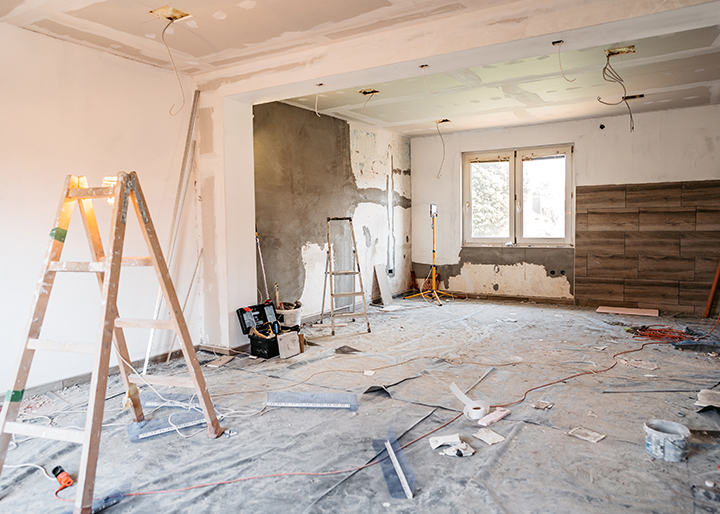The Fix & Flip Investment Niche
Profiles of Seven Fix & Flip Investors and Their Specific Markets By Carole VanSickle Ellis Fix-and-flip real estate has never been higher profile than in 2022, when “property porn,” algorithm-driven bulk purchases, and reality real estate television have taken a pandemic-lockdown-fueled center stage in the public consciousness. However, while more people are thinking about “flipping” than ever before – either because they are worried that cash buyers will price them
Read More











